use of oil pressure gauge
1. Park the vehicle on a horizontal surface, wait long enough (2-3 minutes) to make the oil return and measure whether the oil level is too low. Add the recommended grade of engine oil and fill the crankcase until the oil level reaches the "full" mark on the oil dipstick.
2. Run the engine and confirm that the vehicle pressure gauge or indicator does not show low pressure or no oil pressure. Listen for valve train noise or knock.
3. Remove the oil pressure sensor or another engine cylinder block oil passage plug.
4. Install the oil pressure gauge, start the engine and preheat it to the normal working temperature (80 ℃) and measure the engine oil pressure.
5. Compare the reading with the specification. Taking the new LaCrosse LDK engine as an example, the minimum oil pressure at idle speed is 206 kPa and the maximum oil pressure at 1000 rpm is 482 kPa. If the engine oil pressure is lower than the specified value, check whether one or more of the following conditions exist in the engine: the oil filter with check function and the O-ring on the cylinder block side of the filter are normal.
6. Install oil pressure sensor or oil passage plug. The oil pump is worn or dirty, and the bolt from the oil pump to the engine front cover is loose. The oil pump filter screen is loose, blocked or damaged, the O-ring seal of the oil pump filter screen is missing or damaged, the oil pump pressure regulating valve is faulty, and the bearing clearance is too large. The oil passage is cracked, porous or blocked, and the oil passage plug is missing or improperly installed.
7. Start the engine and check whether the oil pressure switch leaks oil.
8. Turn off the engine and check whether the accessories are installed in place
 English
English 
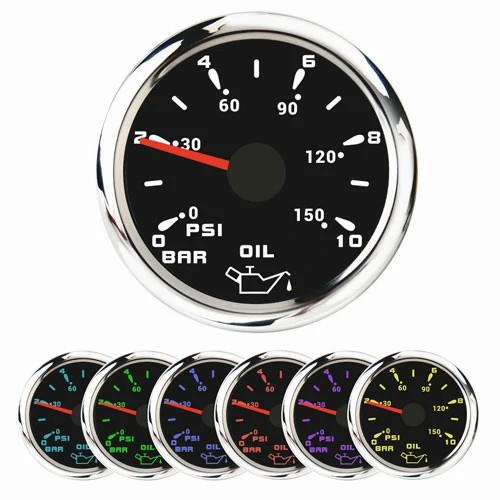
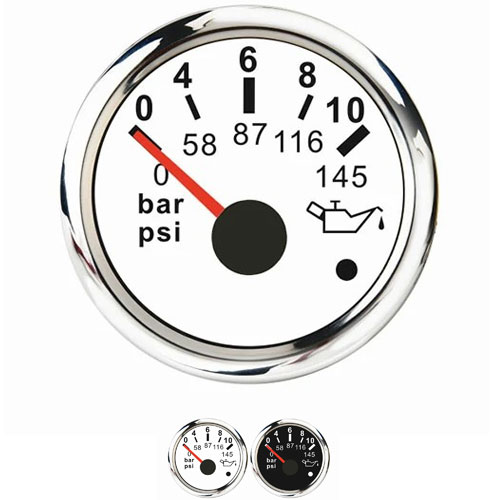
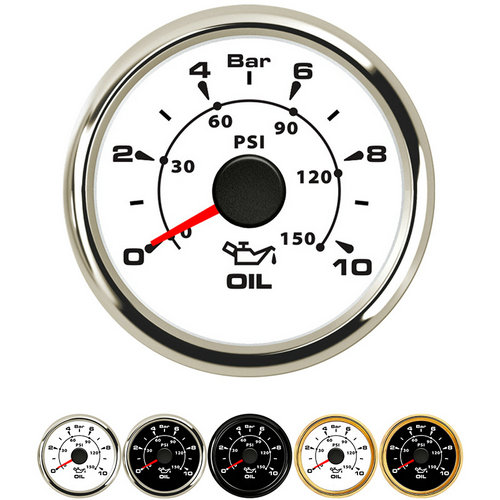

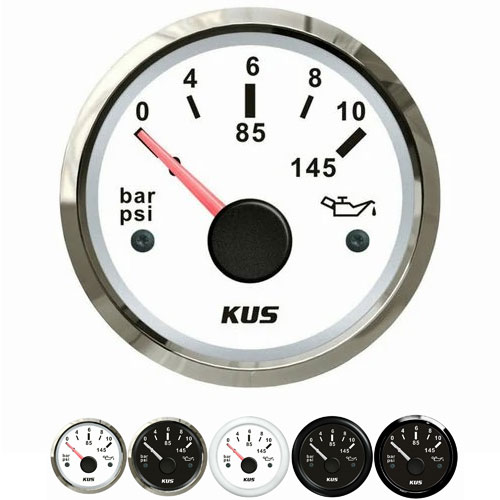
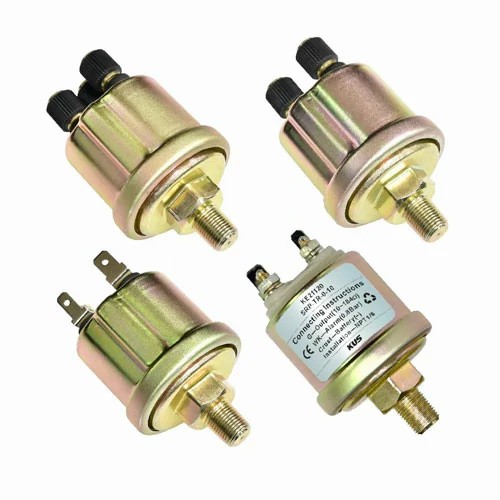
Get a Quote / Info